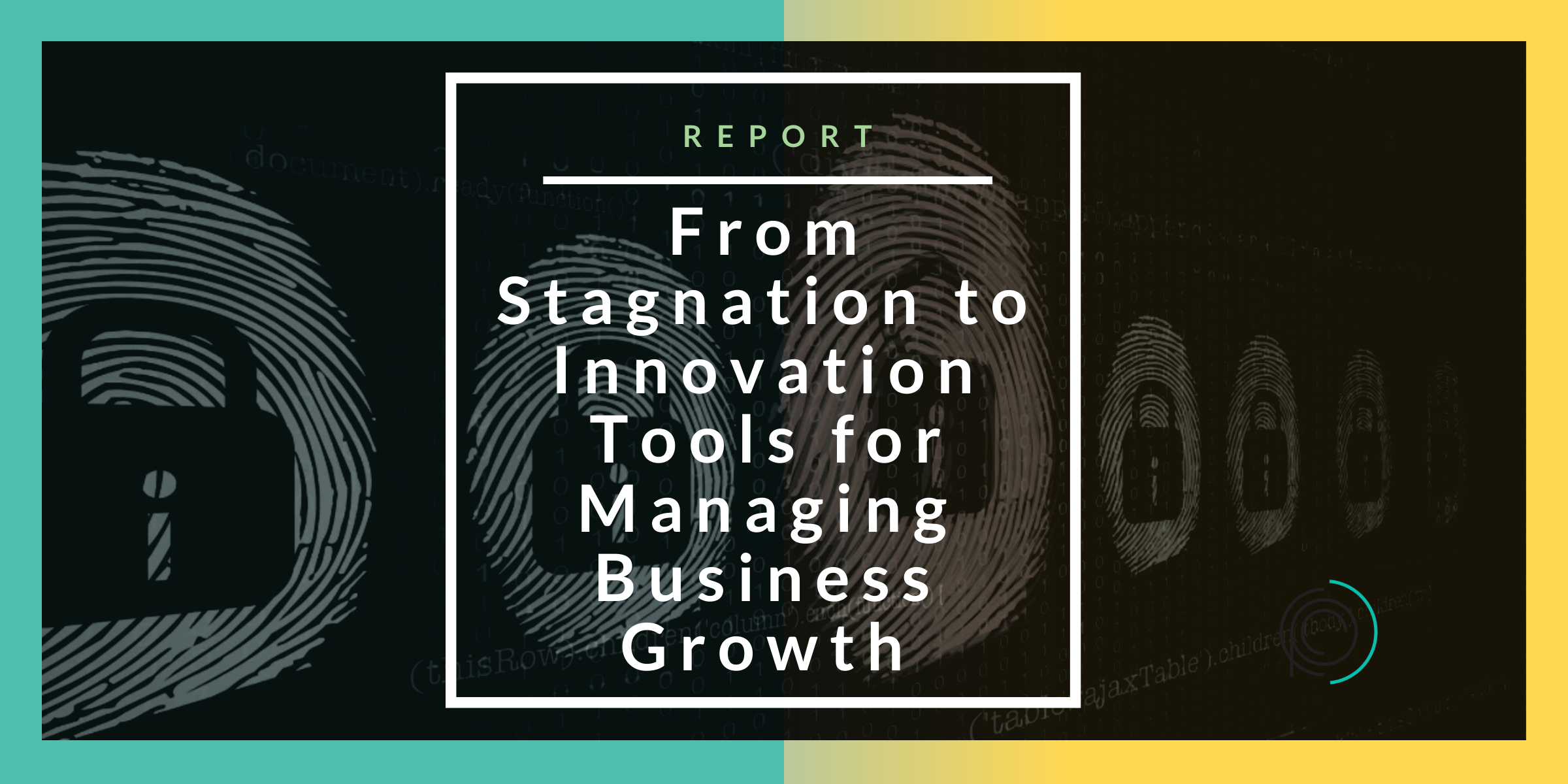Join the 92%: Transform Your Business Through Effective Process Improvement for Lasting Success
The State of Business Process Management 2020 Survey discovered an intriguing fact: 92% of companies were actively engaged in business improvement projects. In today’s competitive landscape, if you are passionate about achieving and surpassing your company’s business goals, it’s paramount to be part of this statistic. This commitment enables you to foster growth, drive revenue, and enhance operational efficiency in a sustainable manner.
Let’s delve deeper into the concept of process improvement. Essentially, process improvement is a systematic approach aimed at enhancing business operations. Whether it’s streamlining workflows, increasing product quality, or improving service delivery, the ultimate goal is to make your business more efficient and responsive to market demands.
Why is process improvement vital? In a nutshell, it’s about staying relevant and competitive. In an era where customer expectations are higher than ever, being able to quickly adapt and improve becomes a clear competitive advantage.
Who needs process improvement? The short answer is every organization. From startups to multinational corporations, any business that seeks to thrive in its respective market can benefit from examining and refining its processes.
How can you get started? The first step involves identifying key areas where improvements are needed. This could be a particular department that’s lagging in performance or a specific process that’s too time-consuming. Tools like process mapping can offer valuable insights into your current operations and highlight opportunities for enhancement.
Embracing business process improvement is not just about keeping up with industry trends; it’s about taking proactive steps toward operational excellence. By understanding what process improvement entails, recognizing its significance, and taking practical steps to implement it, your company can achieve remarkable strides in efficiency and performance.
What exactly is process improvement?
Processes consist of various steps and tasks that are essential for delivering products and services to customers efficiently. Process improvement, therefore, is the systematic practice of identifying and addressing inefficiencies and weaknesses within these processes. The primary objective of this practice is to enhance overall business performance and achieve specific goals, such as:
- Significantly boosting employee satisfaction by creating a more engaging and less stressful work environment.
- Increasing efficiency and productivity through streamlining operations and removing unnecessary steps.
- Reducing delays in production or service delivery, which in turn can lead to faster turnaround times and higher customer satisfaction.
- Delivering more value for customers by improving the quality of products and services, making them more in line with customer needs and expectations.
To accomplish these goals, process improvement involves a detailed analysis of current processes to pinpoint areas that are not performing as well as they could be. This analysis is followed by the development of strategies for improvement, which might include redefining certain processes, introducing new tools or technologies, or changing how teams are organized and collaborate. Finally, implementing these changes effectively is crucial to realizing the benefits of process improvement, requiring careful planning, communication, and monitoring to ensure success.
It is crucial to understand the difference between process improvement and business process reengineering, even if only in brief terms. Process improvement is centered around implementing gradual, incremental changes aimed at enhancing efficiency or effectiveness within existing workflows. On the other hand, business process reengineering is characterized by a more radical, foundational transformation of processes, seeking to achieve dramatic improvements in critical, contemporary measures of performance such as cost, quality, service, and speed. However, it’s important to note that this article will not delve into the complexities of business process reengineering, but rather, will focus on the nuances and benefits of process improvement.
Benefits of Process Improvement
Given the objectives behind process improvement, it’s likely you can already begin to see its potential benefits. To provide a more comprehensive understanding, let’s delve into the main advantages with additional detail:
- Reduced Costs: By streamlining processes and cutting out unnecessary steps or activities, organizations can diminish the time and resources needed to complete tasks, leading to significant cost savings. This efficiency not only reduces expenditure but also reallocates resources to more critical areas, enhancing overall operational effectiveness.
- Enhanced Efficiency: The refinement of processes boosts turnaround times and productivity markedly. When tasks are streamlined, employees can achieve their goals more quickly and with less effort, allowing for a more productive use of time and an increase in output without compromising quality.
- Simplification: Process improvement endeavors to untangle complex processes, making them more straightforward to understand and implement. This simplification facilitates better communication and collaboration among team members, minimizes errors, and enhances the quality of work. Simplified processes are less intimidating for new employees to learn and more accessible for everyone to follow, leading to a more cohesive and efficient operation.
- Improved Visibility: Implementing process improvement strategies provides managers and teams with a clearer view of their operations, helping to pinpoint bottlenecks, inefficiencies, and areas ripe for enhancement. This increased visibility is crucial for informed decision-making and strategic planning, ensuring that efforts are directed where they are most needed.
- Quality Management: By identifying and tackling the root causes of quality issues, process improvement aids in minimizing defects and the need for rework. This focus on quality management not only elevates the end product but also enhances customer satisfaction by delivering consistent and reliable outcomes.
- Reduced Cycle Time: Shortening the time it takes to complete tasks or processes, known as cycle time, can significantly improve an organization’s responsiveness to customer needs and elevate overall efficiency. Faster cycle times mean that products or services are delivered more quickly, which can be a critical competitive advantage in fast-paced markets.
- Regulatory Compliance: Improved processes facilitate easier adherence to regulatory requirements and standards, particularly those related to safety, quality, or environmental impact. Compliance becomes less of a burden and more of an integrated aspect of daily operations, reducing the risk of penalties, fines, or damage to reputation.
By integrating process improvement into their strategy, organizations can achieve a multitude of benefits that not only enhance operational performance but also position them for long-term success and resilience in a competitive landscape.
Who needs process improvement?
If you find yourself at the helm of a company that has either not delved into process improvement initiatives or has put such activities on the back burner for the last few years, it’s highly likely that your organization stands to gain significantly from embracing process improvement strategies. It’s worth noting that no business ever lands on the perfect set of processes by sheer luck; it requires deliberate effort and continuous refinement.
There are, however, specific indicators that might suggest your organization is in dire need of process improvement. One of the most glaring signs is consistent negative feedback from either customers or your team members. Such feedback often highlights underlying issues in your processes that, if left unaddressed, could not only hamper your operational efficiency but also potentially lead to a loss of business as customers start looking elsewhere for better service.
Another red flag indicating the need for process improvement is an inability to meet increasing demand. This doesn’t necessarily imply that what you’ve been doing up until now is wrong, but rather that there’s room for optimization to enhance your capacity to serve your customers better and more efficiently.
Lastly, if your team finds itself having to repeat certain processes over and over again, it’s a strong indication that there’s a bottleneck or inefficiency somewhere in your operations. Identifying and addressing these repetitive tasks could lead to the development of a new, streamlined process that eliminates unnecessary steps and significantly boosts your team’s productivity.
In conclusion, acknowledging these signs and taking proactive steps towards process improvement can not only help in rectifying current issues but also set your organization on a path of continuous growth and development. Remember, the goal of process improvement is not just to fix what’s broken, but to ensure that your business processes are as efficient, effective, and adaptable as possible, enabling you to meet and exceed customer expectations in an ever-evolving market landscape.
How Process Improvement Works
The journey of process improvement begins by gaining a deep understanding of your current processes and evaluating their effectiveness within your organization. This critical first step involves a detailed analysis of various metrics such as cycle time, resource utilization, and throughput rates. By examining these data points, you can gauge the efficiency and productivity of your existing processes.
Next, pinpointing the specific areas where your processes falter is crucial for making meaningful improvements. This stage requires a thorough data analysis to uncover any bottlenecks, delays, or inefficiencies that may be hindering your operations. Additionally, soliciting feedback from employees and stakeholders offers invaluable insights into the real-world challenges and pain points they face. Understanding these aspects allows for a more targeted approach to revitalizing your processes.
After identifying the shortcomings of your current processes, the next step is to develop a comprehensive plan to address these issues. This plan might include setting clear objectives for improvement, prioritizing areas for immediate action, and outlining the steps required to implement changes effectively.
Enhancing process improvement efforts often entails reevaluating how resources are organized and utilized within the company. Leveraging technology can play a transformative role in streamlining operations and enhancing efficiency. Automation tools, software solutions, and digital platforms can significantly reduce manual effort, eliminate redundancies, and accelerate process execution.
Another powerful tool in the process improvement arsenal is process mapping. By visually representing the steps and activities involved in a process, organizations can achieve a clearer understanding of the flow of work and interactions between different components. Process mapping (https://www.cpcchangeagent.com/post/why-does-your-business-need-process-mapping) not only aids in identifying inefficiencies but also serves as a foundation for redesigning processes. Templates and standardized symbols can facilitate the creation of these maps, making it easier to communicate changes and engage stakeholders in the improvement journey.
Finally, continuous monitoring and feedback loops are essential to sustain improvements over time. By regularly reviewing process performance and remaining receptive to feedback, organizations can adapt to changes, address new challenges, and ensure that their processes remain efficient, cost-effective, and aligned with their strategic goals. Process improvement is an ongoing endeavor that requires commitment, agility, and a culture of continuous enhancement to thrive in today’s dynamic business environment.
Some examples of changes made to enhance efficiency and quality include:
- Integrating various processes with advanced software solutions allows for a more streamlined workflow.
- Employing automation to handle repetitive manual tasks, significantly reduces human error and increases productivity.
- Adding an extra layer of approval within the workflow to bolster quality control and ensure the highest standards are met.
- Introducing additional steps to the existing process to better accommodate the needs of newly onboarded staff, ensuring they can integrate and contribute effectively.
- Switching from sequential to parallel processing steps where applicable, to optimize the flow of work and drastically reduce waiting times, leading to quicker outputs.
The proof is in the process
The success of a company and the value it delivers are intrinsically linked to the efficiency and effectiveness of its underlying processes. A well-oiled machine requires constant attention; without regular monitoring and adjustments, even the best systems can quickly become outdated and lead to a decline in performance.
We understand the critical nature of process improvement across various sectors. Our expertise allows us to identify areas for enhancement and implement strategies that lead to sustainable growth and increased efficiency. Whether you’re facing specific challenges or looking for overall process optimization, our team is equipped to guide you through the transformation.
If you’re ready to elevate your operations and drive your business forward, contact us today to schedule a comprehensive consultation. Together, we can ensure that your processes not only support but also enhance your mission and business objectives.







